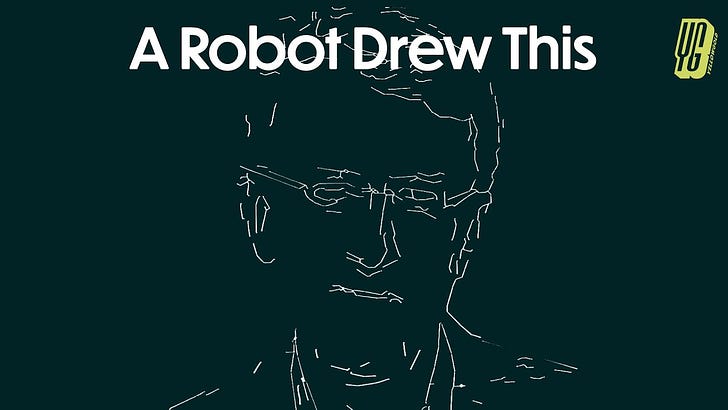Hello Techsploder fam!
Jeff Jarvis and I recorded an awesome episode of AI Inside earlier today. We spent a good deal of time walking through the subtle differences of “Open Source” AI and what we later dubbed “Open-ish” AI. Who knows, maybe we coined an industry buzzword! Also, we’re noticing that the heat is on with Agentry in the world of AI. In fact, it feels very NOW. So here are a few things we discussed in today’s episode!
The Open Source Debate Heats Up
Meta's approach to "open source" AI is drawing criticism from the Open Source Initiative. The company only releases model weights while keeping training data and algorithms private, with usage restrictions that conflict with traditional open source principles. While Google and Microsoft have moved away from the term "open source" for partially open models, with companies like Mistral adopting "open weight" instead, Meta's approach does increase AI accessibility despite the controversy. So how about this… Why not just called it “open-ish” from now on!
Meta's Latest Innovation: Spirit LM
Meta continues pushing boundaries with Spirit LM, their new multimodal language model integrating text and speech. The model comes in two flavors: Spirit LM Base for basic speech processing and Spirit LM Expressive, which can capture emotional tones like excitement, anger, and surprise. The release includes model weights, code, documentation, and a research paper.
Nvidia Joins the Race
Nvidia has released Llama-3.1-Nemotron-70B-Instruct, based on Meta's Llama 3.1 70B model. Despite its relatively modest 70B parameters, the model achieves impressive scores on alignment benchmarks, outperforming GPT-4 and Claude 3.5 Sonnet in various metrics. You can actually try it for yourself here!
The Agent Revolution
Microsoft's Double Play
Microsoft is rolling out agents through Copilot Studio and Dynamic 365, though Salesforce's Marc Benioff dismissively compared them to "Clippy 2.0." Interestingly, Salesforce itself introduced Agentforce a month ago, marking what Benioff called "a hard pivot" into AI agents.
Anthropic's Computer Control
Claude 3.5 Sonnet now features computer use capability, though it's still working out the kinks with less than 50% success on airline booking tasks.
Motorola's Mobile AI
Motorola's Moto AI brings Large Action Model capabilities to phones, featuring natural language commands like "Catch Me Up" and "Pay Attention" for various tasks.
The Mobile AI Revolution
Qualcomm's Snapdragon 8 Elite with Oryon CPU announcement, coupled with Sam Altman's appearance, signals a potential shift toward powerful on-device AI. This development, alongside Google Gemini Nano and Apple Intelligence, might herald a post-app future for mobility.
OpenAI's Corporate Evolution
The company's transition from non-profit to for-profit has created tensions with Microsoft, leading to funding diversification including partnerships with Oracle and a $6.6bn funding round from various investors.
Tesla's Blade Runner Controversy
Tesla faces a lawsuit from the producer of Blade Runner 2049 over unauthorized use of AI-generated imagery resembling scenes from the film during their We Robot event.
AI in Creative Industries
Runway's Act-One
This new tool democratizes motion capture by allowing users to transfer recorded emotions to AI-generated characters, making sophisticated video production accessible to everyone.
AI Art at Sotheby's
The humanoid robot artist Ai-Da's portrait of Alan Turing, "A.I. God," is heading to auction with an estimated value of $120-180k, marking Sotheby's first robot-created artwork auction.


